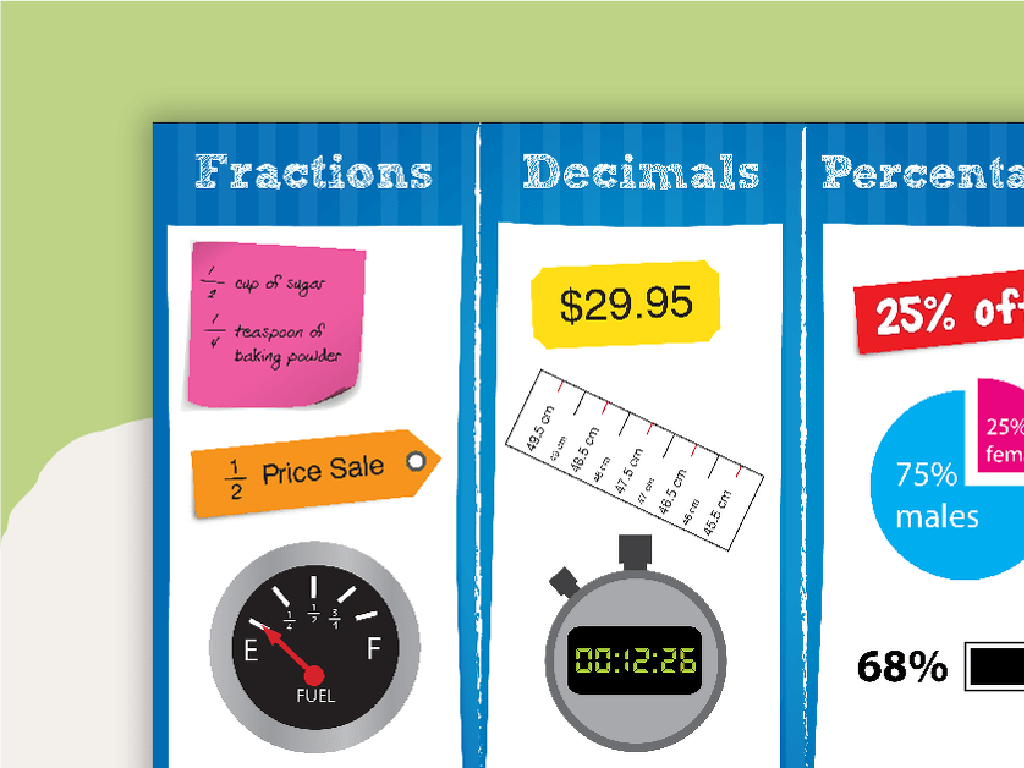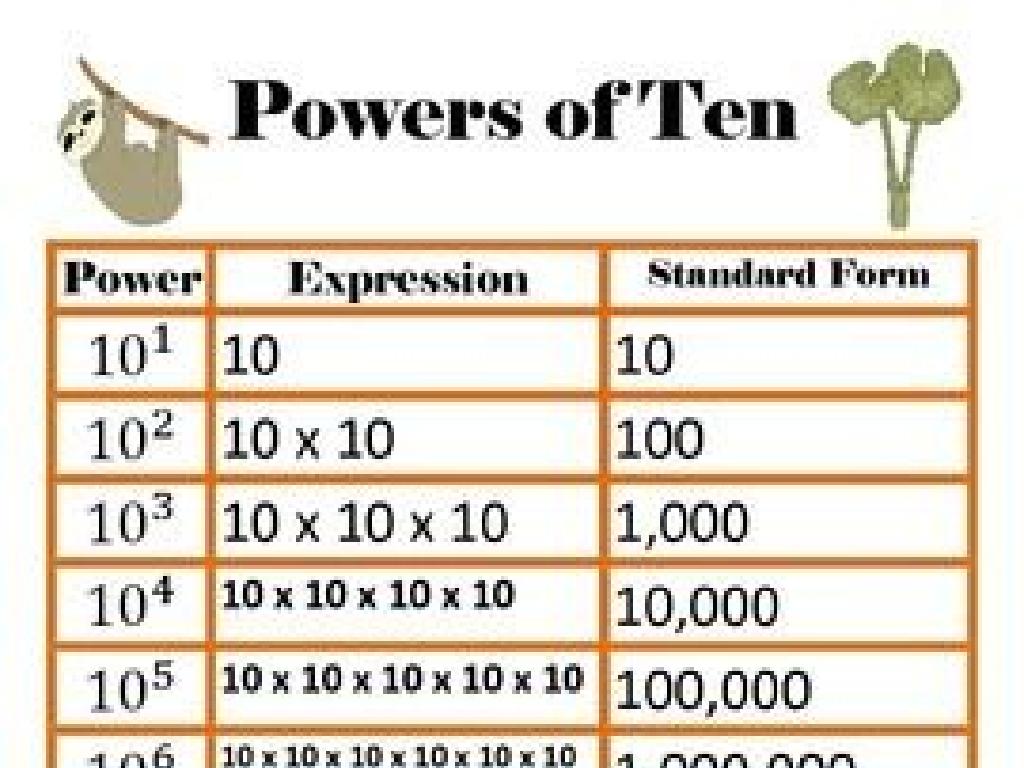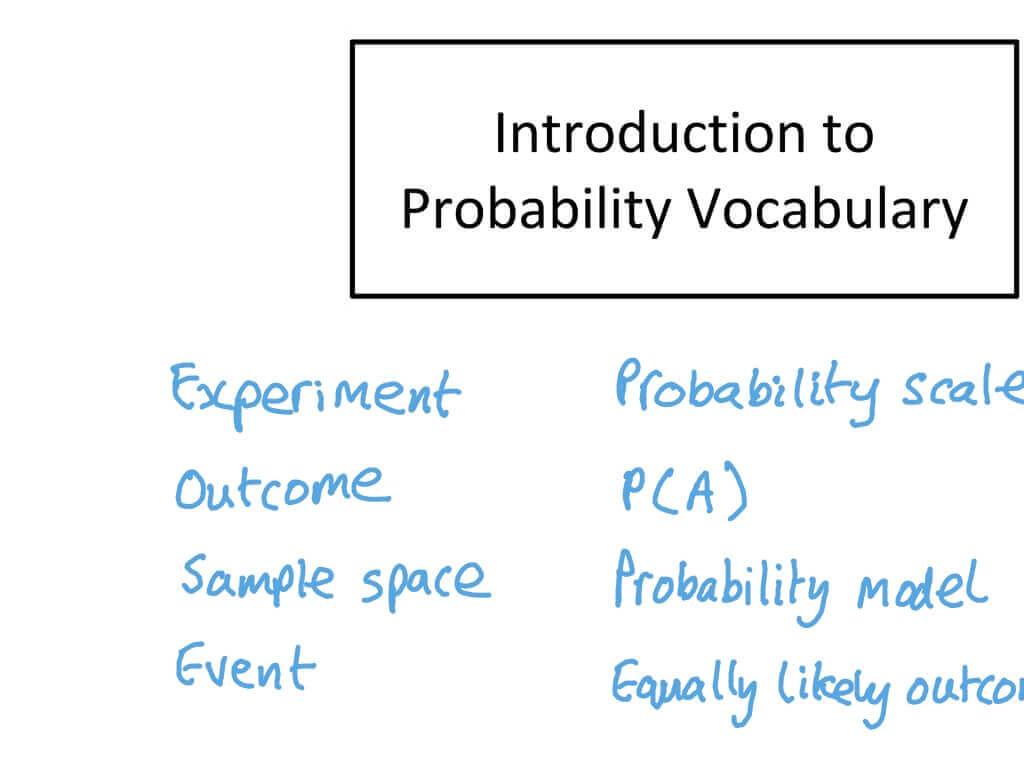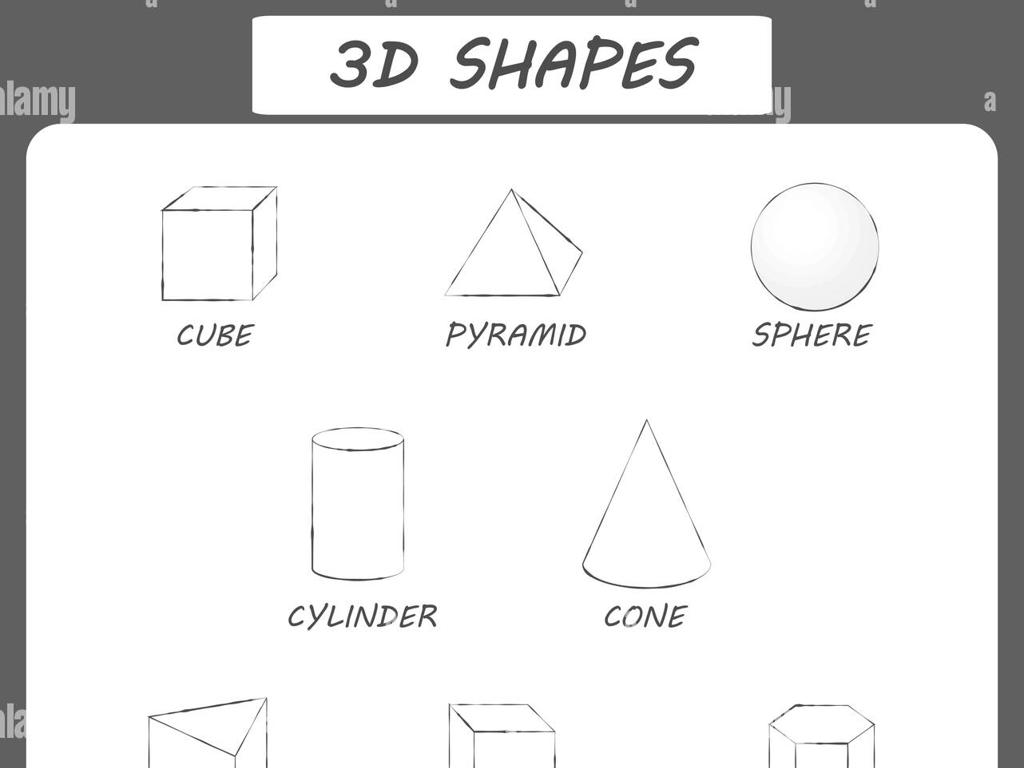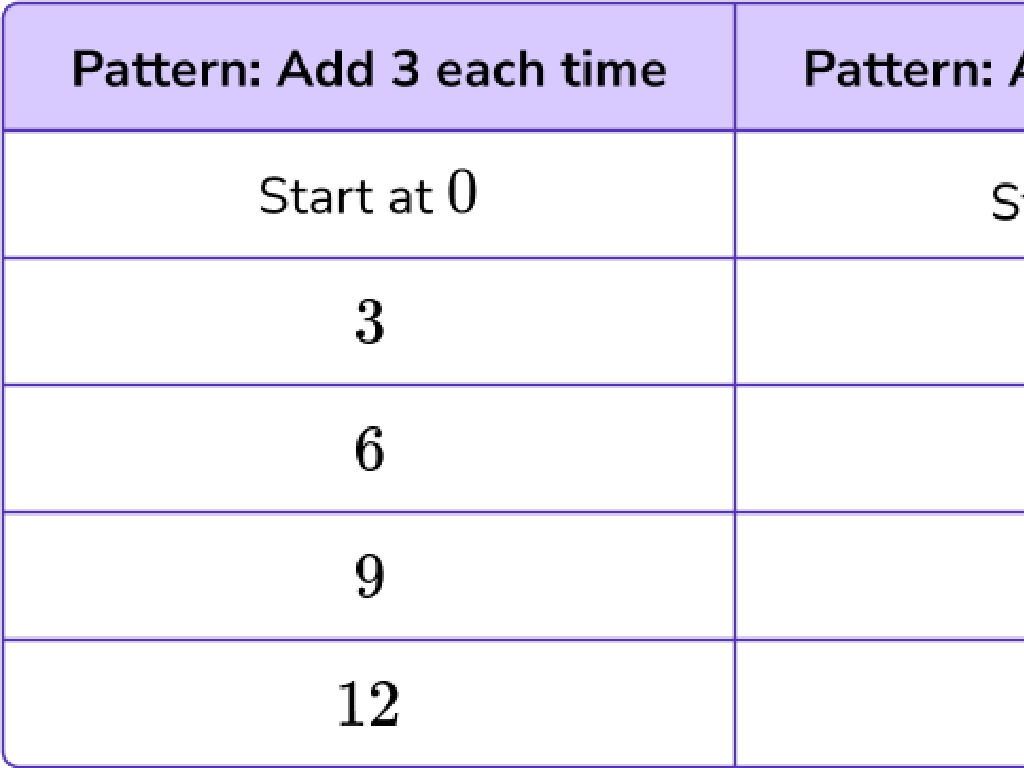Perimeter With Decimal Side Lengths
Subject: Math
Grade: Fifth grade
Topic: Perimeter
Please LOG IN to download the presentation. Access is available to registered users only.
View More Content
Perimeter Exploration with Decimals
– Perimeter: A shape’s total boundary length
– Importance of learning Perimeter
– Helps in real-life measurements, like fencing a garden
– Calculating Perimeter with decimals
– Add all side lengths, even when they’re decimals, like 3.2 + 4.5
– Practical applications of Perimeter
– Used in planning spaces in construction, art, and more
|
This slide introduces the concept of perimeter as the total distance around a 2D shape, emphasizing its importance in various real-life situations such as construction, art, and everyday measurements. Highlight the relevance of understanding perimeter to help students appreciate the practicality of what they’re learning. Today’s focus is on calculating the perimeter when side lengths include decimals, which is common in real-world scenarios. Provide examples of shapes with decimal side lengths and demonstrate how to add them to find the perimeter. Encourage students to think of situations where they might need to measure perimeter themselves, such as wrapping a gift or setting up a play area.
Exploring Perimeter with Decimals
– Perimeter: total distance around a shape
– Calculating perimeter: sum of all sides
– Add each decimal side length together
– Perimeter units: match length units
– Use inches, feet, meters, etc., just like for length
– Decimal side lengths: precise measurement
– Example: 3.5m + 4.2m + 3.5m + 4.2m for a rectangle
|
This slide introduces the concept of perimeter, focusing on shapes with decimal side lengths. Perimeter is the total distance around the edge of a shape, and it’s calculated by adding up all the side lengths. It’s crucial to emphasize that the units of perimeter are the same as those used for measuring length, such as inches, feet, or meters. When dealing with decimals, it’s a good opportunity to practice precision in measurement. Provide examples of calculating the perimeter of various shapes with decimal lengths to solidify understanding. Encourage students to use rulers or measuring tapes to measure objects around the classroom for a hands-on experience.
Decimals in Our Daily Lives
– Decimals in money transactions
– For example, $5.75 means 5 dollars and 75 cents
– Decimals in measurements
– Like 3.2 cm, shorter than 3 cm and longer than 3 cm
– Decimals show parts of a whole
– 0.5 represents half of something
– Precision in measurements with decimals
|
This slide introduces students to the concept of decimals in everyday life, emphasizing their importance in various situations such as handling money and taking precise measurements. Decimals allow us to represent fractions of whole numbers, which is crucial for accuracy in many real-world applications. For instance, when dealing with money, decimals help us calculate dollars and cents accurately. In measurements, decimals enable us to describe lengths that are not whole numbers, providing more exact dimensions. Understanding how to work with decimals is essential for students as they apply this knowledge to calculate perimeters with decimal side lengths. Encourage students to think of other examples where they encounter decimals daily.
Adding Decimals for Perimeter
– Align decimal points vertically
– Add as whole numbers
– Decimal point in answer below
– Example: 3.5 + 2.7 = ?
– Line up: 3.5 + 2.7, add like whole numbers: 35 + 27 = 62, place decimal: 6.2
|
When calculating the perimeter with decimal side lengths, it’s crucial to add the decimals correctly. Teach students to line up the decimal points to ensure they are adding corresponding place values. Emphasize that aside from the decimal point, they should add the numbers as they would with whole numbers. After adding, the decimal point in the answer should be placed directly below the other decimal points to maintain the correct value. Use examples with clear decimal alignment and provide practice problems that reinforce this skill. This foundational skill will help them accurately calculate perimeters involving decimals.
Calculating Perimeter with Decimals
– Measure each side in decimals
– Use a ruler to find lengths like 3.2m or 4.5m
– Add side lengths using decimals
– Practice decimal addition: 3.2 + 4.5
– Example: Rectangle perimeter
– Add lengths of all sides: 2*(3.2m + 4.5m)
|
This slide introduces students to the concept of calculating the perimeter of various shapes when the side lengths are given in decimals. Start by explaining how to measure each side accurately using a ruler and record the lengths in decimal form. Then, demonstrate how to add the decimal lengths together to find the total perimeter, emphasizing proper decimal alignment. Use the example of a rectangle with sides 3.2m and 4.5m to show how to apply this method in a practical scenario. The perimeter is the sum of all sides, so for a rectangle, we add the lengths of the two different sides and then multiply by 2. Encourage students to practice with additional examples and ensure they understand the process of adding decimals.
Calculating Perimeter: Practice Problem
– Rectangle perimeter formula
– Given: length = 5.3m, width = 2.8m
– Add all sides: (5.3 + 2.8) x 2
– Perimeter = 2 * (length + width)
– Let’s solve it together!
– We’ll add the sides and multiply by 2
|
This slide presents a practice problem to help students understand how to calculate the perimeter of a rectangle with decimal side lengths. Start by reminding them of the formula for the perimeter of a rectangle, which is 2 times the sum of the length and width. Provide the measurements of the rectangle and guide them through the process of adding the length and width and then multiplying by 2 to find the total perimeter. Encourage students to work through the problem on their own before solving it together as a class. This exercise will reinforce their understanding of perimeter and provide practice with decimal addition and multiplication.
Class Activity: Measure and Calculate Perimeter
– Find classroom objects to measure
– Work in pairs for measurement
– Calculate the perimeter together
– Add all side lengths to find total perimeter
– Share measurements with the class
|
This interactive activity is designed to help students apply their knowledge of calculating perimeters with decimal side lengths. Have students work in pairs to foster collaboration. They should look for objects around the classroom, such as books, desks, or windows, and use rulers or measuring tapes to measure each side to the nearest tenth of a unit. After recording these measurements, guide them to add all the side lengths to find the total perimeter. Encourage each pair to present their object, its measurements, and the calculated perimeter to the class. This will reinforce their understanding and provide practice in measuring, adding decimals, and public speaking. Possible variations of the activity could include measuring items of various shapes, comparing perimeters of different objects, or even creating a display of their findings on a classroom ‘Perimeter Wall’.
Wrapping Up: Perimeter with Decimals
– Congratulations on learning Perimeter!
– Practice with the worksheet at home
– Use the worksheet to apply what you’ve learned about decimal lengths
– Think of questions for next class
– Write down anything you find confusing or want to know more about
– Keep practicing to master Perimeter!
|
This slide is aimed at summarizing the lesson on calculating the perimeter with decimal side lengths and setting up students for continued practice at home. The provided worksheet should contain a variety of shapes with side lengths in decimals for students to calculate the perimeter. Encourage students to try solving the problems without a calculator to strengthen their decimal addition skills. Remind them to bring any questions they have to the next class for clarification. Reinforce the idea that practice is essential for mastering mathematical concepts, and praise their efforts in today’s lesson.

